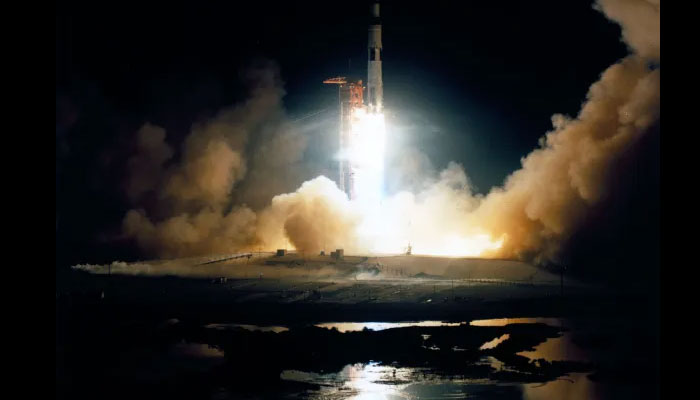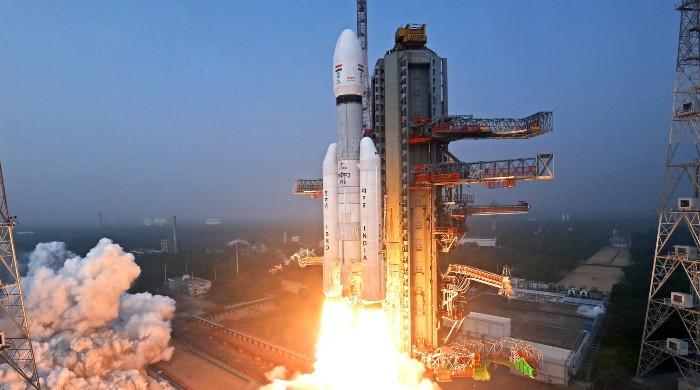Years after Apollo, NASA's Artemis redefines space exploration
With budget of $93 billion by 2025, Artemis operates on leaner financial scale compared to the Apollo era's blank checks exceeding $300 billion
February 13, 2024

NASA's Artemis programme prepares for its next chapter.
The upcoming launch of Intuitive Machines' Nova-C spacecraft atop a SpaceX rocket marks a significant stride in humanity's quest to revisit the Moon and set the stage for future missions to Mars.
Why entrust these monumental tasks to the commercial sector, especially following the recent challenges faced by Astrobotic?
The answer lies in a deliberate shift in NASA's approach. Artemis, the agency's flagship Moon-to-Mars programme, embraces a new paradigm, one that taps into the agility of America's dynamic market economy.
Gone are the days of NASA holding the reins tightly, managing every detail down to the last bolt. Artemis places its trust in emerging companies under NASA's Commercial Lunar Payload Services (CLPS) initiative, drawing inspiration from the remarkable success story of SpaceX. Once considered a risky venture, SpaceX is now NASA's preferred contractor, showcasing the power of healthy competition in propelling innovation.
With a budget of $93 billion by 2025, Artemis operates on a leaner financial scale compared to the Apollo era's blank checks exceeding $300 billion. The focus shifts from dictating construction specifics to purchasing services from private entities, mirroring the successful SpaceX model.
However, this transition is not without its challenges. NASA's decision to utilise SpaceX's Starship for the lunar landing introduces an element of uncertainty. Starship's untested flight history and intricate fueling procedures raise valid questions about meeting the 2026 target for a crewed lunar touchdown.
As we embark on this cosmic journey, comparisons with China, a formidable space rival, come to the forefront. China's streamlined processes and consistent timelines stand in stark contrast to the intricate political landscape that occasionally hampers US space endeavors.
The absence of what G. Scott Hubbard, a former NASA official, refers to as "shenanigans" in China's approach highlights the potential hurdles of America's intricate public-private partnership paradigm.
Artemis, designed with international collaborations, seeks to avoid the fate of the Constellation program from the 2000s. Despite the challenges, the US remains committed to this new era of space exploration, where calculated risks accompany the promise of unprecedented rewards.
As the Nova-C spacecraft stands ready for launch, the world anticipates the unfolding of Artemis—a harmonious blend of American ambition and private sector ingenuity, poised to leave an indelible mark on the annals of space exploration.









